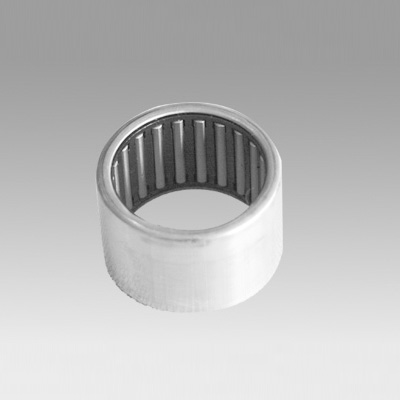
Aug . 11, 2024 23:30 Back to list
Understanding the Functionality and Applications of Ball Bearing Thrust Bearings in Mechanical Systems
Understanding Ball Bearing Thrust Bearings
Bearings play a crucial role in various mechanical systems, allowing for the smooth operation of rotating or moving parts. Among the numerous types of bearings, ball bearing thrust bearings are notable for their unique structure and function. This article delves into the design, working mechanism, applications, and benefits of ball bearing thrust bearings, highlighting their significance in industrial and engineering fields.
Design and Structure
Ball bearing thrust bearings consist of several essential components a set of balls, a thrust washer, and a housing. The thrust washer serves as a raceway for the balls, providing a surface for them to roll against. The housing, which holds the thrust washer and balls in place, is typically made of durable materials such as steel or brass to withstand high loads. The design of thrust bearings is specifically tailored to handle axial loads—forces that act parallel to the axis of rotation—rather than radial loads seen in traditional ball bearings.
The arrangement of the balls in a thrust bearing allows it to effectively distribute the applied load across its surface area. This feature is vital, as it reduces the risk of wear and damage, leading to increased longevity and reliability in various applications.
Working Mechanism
When a thrust bearing is subjected to axial loads, the balls rotate within the grooves of the thrust washers. This rolling action minimizes friction between the moving parts, which is a significant factor in heat generation and wear. As the balls roll, they maintain the separation of the thrust washers, allowing for smooth and efficient movement. The thrust bearing's design enables it to accommodate some degree of angular misalignment, making it versatile in its applications.
Additionally, thrust bearings can be classified into different types based on the specific design of the washers and the arrangement of the balls. Common variations include single-direction and double-direction thrust bearings, each suited for different operational requirements.
Applications
ball bearing thrust bearing

Ball bearing thrust bearings are widely used in various industries due to their ability to handle high axial loads and provide precision. Common applications include
1. Automotive Thrust bearings are often found in vehicles, particularly in clutch assemblies, where they support the axial loads generated during gear changes. 2. Industrial Machinery In heavy machinery such as cranes and conveyor systems, thrust bearings are crucial for controlling motion and maintaining load stability.
4. Home Appliances Several household appliances, such as washing machines and power tools, also employ thrust bearings for improved performance and longevity.
Benefits
The advantages of using ball bearing thrust bearings are manifold. First, their capacity to handle significant axial loads makes them ideal for applications where other types of bearings may fail. Second, their design minimizes friction and heat generation, leading to increased efficiency and reduced energy consumption. Furthermore, thrust bearings contribute to smooth motion, which is essential for precision machinery.
Additionally, the longevity of thrust bearings is a significant benefit. By effectively distributing load and minimizing wear, these bearings require less frequent maintenance and replacement, ultimately leading to cost savings for users.
Conclusion
In conclusion, ball bearing thrust bearings represent a critical component in the functionality of various mechanical systems. Their unique design, ability to handle axial loads, and applications across multiple industries underscore their significance in modern technology. As machinery continues to evolve, the importance of high-performance components like thrust bearings will only increase, making them indispensable in the pursuit of efficiency and reliability in engineering.
Latest news
-
Common Failures in Thrust Ball Bearings and Solutions
NewsAug.22,2025
-
How Tapered Roller Bearings Can Take Shock Loads
NewsAug.22,2025
-
Angular Bearings in High-Precision Spindles
NewsAug.22,2025
-
The Impact of Misalignment on Cylindrical Roller Bearing Performance
NewsAug.22,2025
-
The Role of Cage Design in Deep Groove Ball Bearing Durability
NewsAug.22,2025
-
The Impact of Material Quality on Machinery Bearings’ Lifespan
NewsAug.22,2025
